Con Temple, located at the mouth of the Mai Giang River for more than 7 centuries, is named among the four sacred temples in Nghe An, attracting hundreds of thousands of visitors every year.
Con Temple is located in Phuong Can village, Quynh Phuong commune, Hoang Mai town, 75 km north of Vinh city, about 220 km south of Hanoi. This relic has two temples, including Con Trong temple and Con Ngoai temple, ranked as a national historical and cultural relic by the Ministry of Culture, Sports and Tourism in 1993.
Nghe An people have a saying "First Con, second Qua, third Ma, fourth Chieu Trung", ranking Con temple as the most sacred. Next is Qua Son temple in Do Luong district, Bach Ma temple in Thanh Chuong district and Chieu Trung Le Khoi temple on Nam Gioi mountain, Thach Ha district, Ha Tinh province.
In the photo is Con Trong temple built on Diec hill, facing Mai Giang river. On both sides of the river are houses close together, the scenery of the boat dock is poetic.

Con Temple worships the Four Holy Ladies, with four statues located at Con Trong Temple.
According to legend, the Four Holy Ladies were the three princesses of the Southern Song Dynasty, including the Empress Dowager Duong Nguyet Qua, the two princesses Trieu Nguyet Khieu and Trieu Nguyet Huong, and their wet nurse. In 1229, the Yuan Mongol army annexed the Southern Song Dynasty in China. When the imperial army was ambushed at Nhai Son, Left Prime Minister Luc Tu Phu took Emperor De Binh, his family, and more than 800 people onto a boat to escape at sea.
The boat carrying King De Binh encountered strong winds and waves and sank at sea. The bodies of Queen Mother Duong Nguyet Qua, two princesses and their wet nurse washed up at Can Gate (now Con Gate, Hoang Mai town, Nghe An ). The villagers saw the bodies of the drowned women but their faces were rosy, they were dressed in noble clothes, and they especially gave off a fragrant scent like cinnamon orchids, so they were surprised. They gathered to bury them and built a temple to worship them. Every time they went out to sea, they would come to pray.
Dai Viet Su Ky Toan Thu recorded about this event: "The Left Prime Minister Luc Tu Phu carried the Song king and jumped into the sea to his death, many of the harem and officials died with him. After seven days, more than 100,000 corpses floated to the surface of the sea. The Song king's body was also there."

According to Dai Viet Su Ky Toan Thu, in 1311, Emperor Tran Anh Tong led his army to attack Champa. On the way, the king stopped his fleet at Can Gate (Con Gate). At midnight, he dreamed of a goddess "asking for help to make achievements". A few weeks later, the Tran army marched straight to Cha Ban citadel and captured the Champa king. Returning victorious, in 1312, Emperor Tran Anh Tong ordered his officers to build a temple at Can Hai seaport, today's Con Gate, to worship and remember his merits.
Built during the Tran Dynasty, Con Trong Temple developed into a large-scale temple during the Le Dynasty and was restored many times during the Nguyen Dynasty, so the relic bears the cultural style of the late Le Dynasty and early Nguyen Dynasty.
Passing through the temple gate is the courtyard, climbing 10 stone steps to reach the ceremonial gate - a majestic building in the shape of the letter "cong", consisting of two floors and eight roofs. Next to it are the main hall, the middle hall and the lower hall. The singing and dancing hall with three main rooms and two side rooms is also dozens of square meters wide, decorated with diverse patterns inside.
In front of the entrance to Con Trong Temple is a 500-year-old banyan tree, recognized as a heritage tree by the Vietnam Association for Conservation of Nature and Environment.

On the left side of the temple grounds is a stele house, inside of which is a two-sided stone stele. The stele was erected in 1665, 1.6 m high and 1.2 m wide.

In the main hall, middle hall, and lower hall, there are still 142 valuable artifacts, including many stone and wooden statues from the Le Dynasty; parallel sentences, large characters, sacrificial objects, palanquins, parasols, bronze bells cast in Canh Hung year (1752)...
Every day, Con Temple attracts hundreds of visitors from all over the world to visit and worship. On holidays, the first and full moon days of the lunar month alone, the relic welcomes 3,000-4,000 people each day. In addition to sightseeing, visitors also prepare offerings including candy, fruits, and votive paper to pray for peace.

One kilometer from Con Trong Temple is Con Ngoai Temple. The temple is located on a mountain range near Lach Con estuary, about 100 meters above sea level.
According to legend, in the first year of Hong Duc (1470), King Le Thanh Tong, on his way to fight the enemy, also stopped at the Con Gate and entered the Con Trong Temple to perform a ceremony. The Four Holy Ladies appeared to help defeat the enemy. Returning to the capital, the king provided money to build the Con Ngoai Temple and bestowed the title "Dai Can Quoc Quoc Nam Hai Tu Vi Thanh Nuong Thuong Dang Than Ngoc Ty Ha" to acknowledge the merits of the gods.
Con Ngoai Temple was restored and completed under King Tu Duc, at the same time as Con Trong Temple was restored. The temple was also designed with carvings and patterns on the roof, and its structure includes the upper temple, middle temple, and lower temple. Although it is a secondary temple, this relic still attracts tens of thousands of tourists to visit and worship every year.
According to statistics, in a year, there are about 130,000-150,000 domestic tourists coming to the two temples in the Con temple relic complex.

On normal days, there are 1-2 people writing prayers for peace at Con Temple. After Tet, due to the sharp increase in visitors, the authorities arranged for dozens of people to sit at tables near the entrance and write thousands of prayers every day.

Around the temple, there are stalls selling fast food and souvenirs. Many people also buy dozens of birds in cages to sell to tourists who want to release them, each release costs 30,000 VND/bird.

At the entrances to the temple, people always set up charcoal stoves to grill herring, mackerel, sardines, snapper... Visitors can buy grilled fish to enjoy on the spot, or pack it in a box to take home as a gift.

Previously, the main festival of Con Temple took place from January 15 to 21 every year, but now it has been shortened to three days. This is one of the most ancient festivals in Nghe An. In addition to the ceremony, there are many unique activities such as palanquin procession, wrestling, boat racing, and ca tru singing.
In 2017, the Con Temple Festival was recognized as a National Intangible Cultural Heritage. This year, the festival takes place from February 28 to March 1 (January 19-21 of the lunar calendar), and is expected to attract tens of thousands of visitors.
According to vnexpress.net
Source


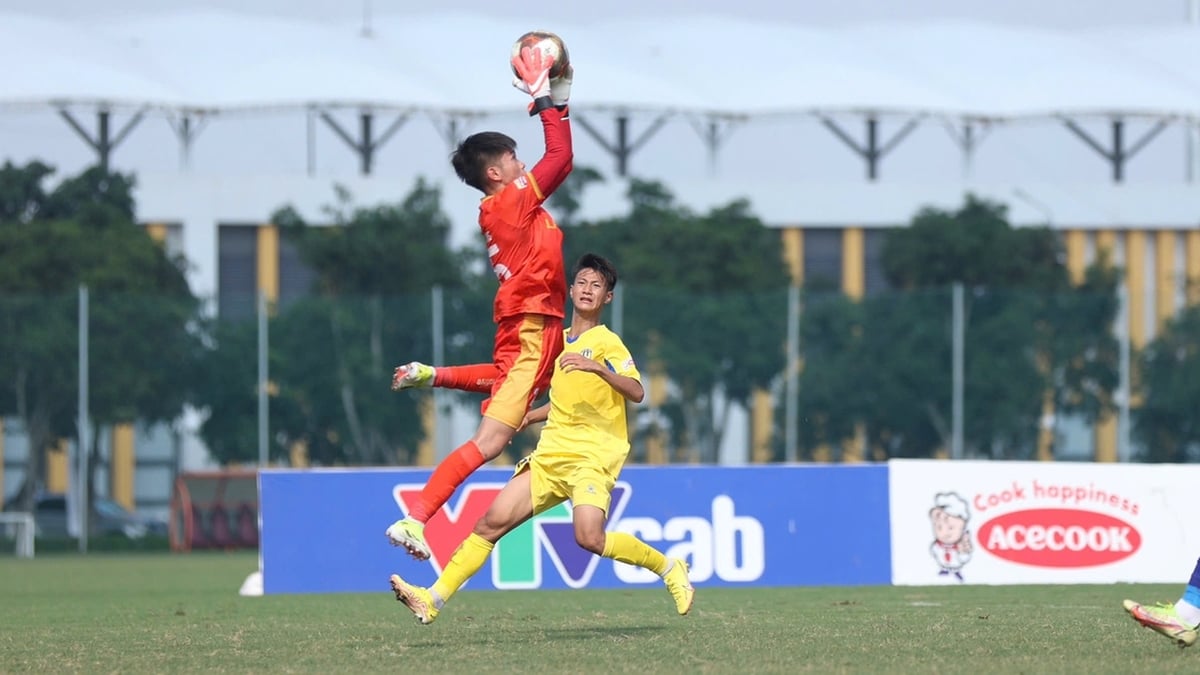

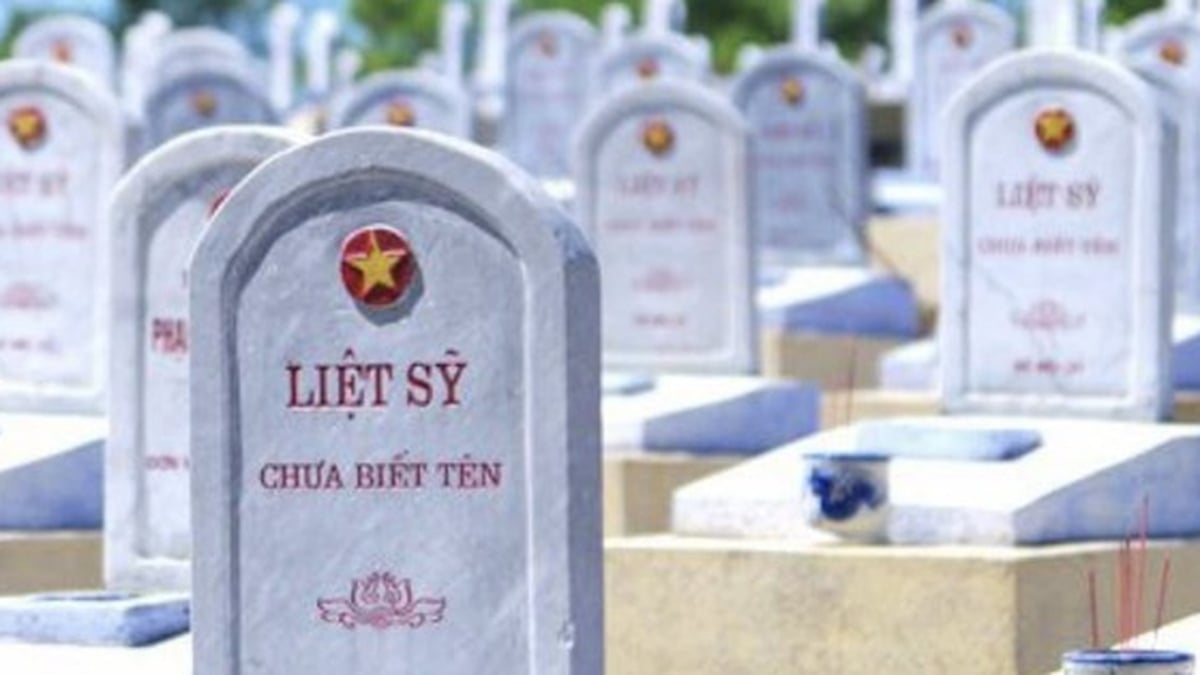

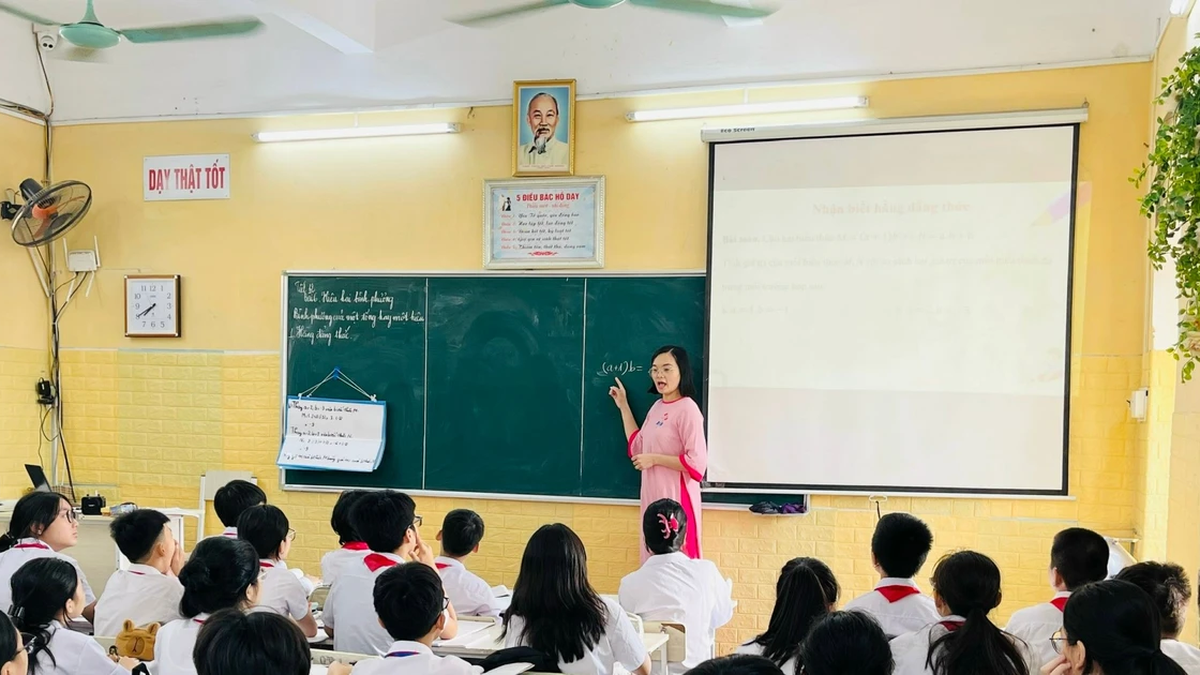















![[Photo] National Assembly Chairman attends the seminar "Building and operating an international financial center and recommendations for Vietnam"](https://vphoto.vietnam.vn/thumb/1200x675/vietnam/resource/IMAGE/2025/7/28/76393436936e457db31ec84433289f72)









































































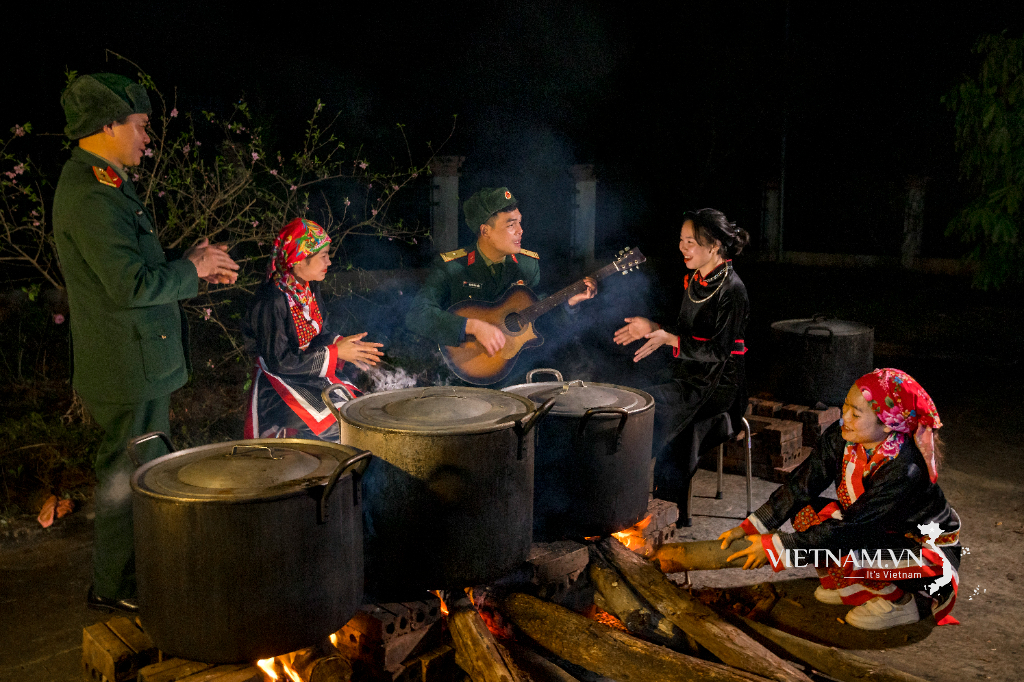
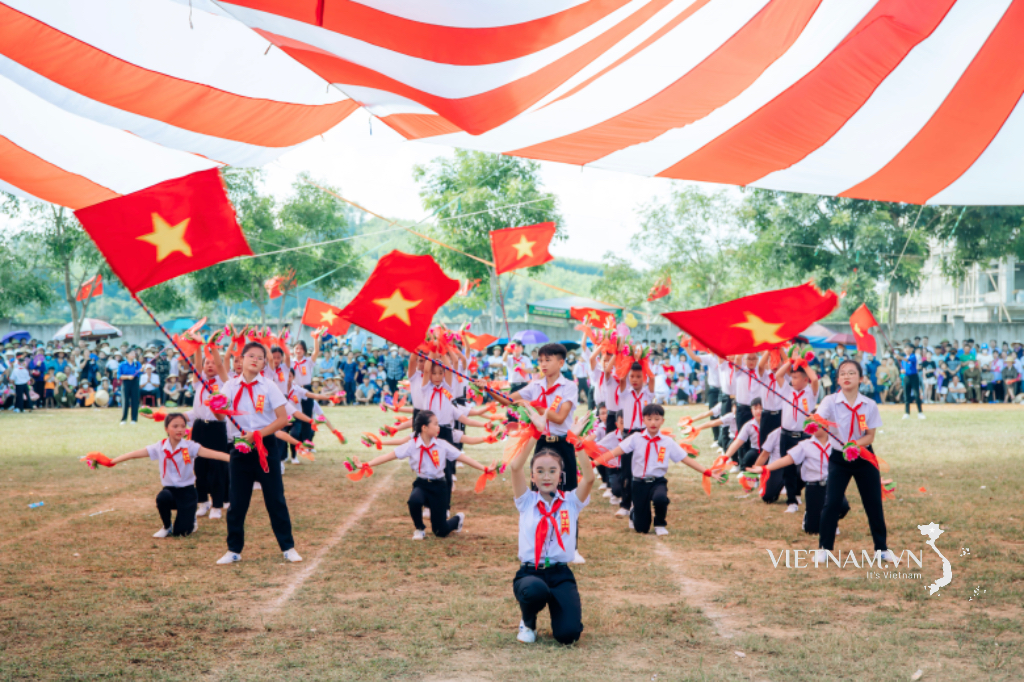


Comment (0)